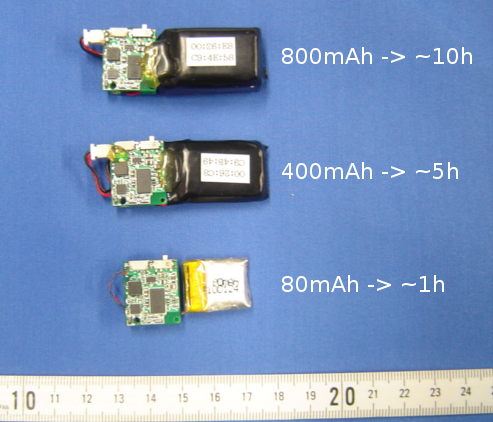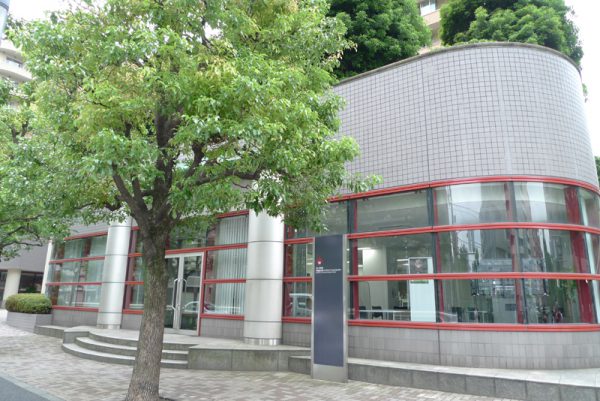Field Distortion Compensation Algorithm
If the LPMS is operated in an environment with a partially distorted (non-homogeneous) earth magnetic field, there is the possibility of the orientation readings becoming inaccurate due to invalid data from the magnetometer unit. To prevent this we have extended our sensor fusion algorithm to detect such field distortion and automatically switch to operation without magnetometer. The switching between the two states happens seamlessly (without orientation jump) and, if the exposure to the distorted magnetic field happens for a limited amount of time, without any major orientation drift.
Please see the video below for a demonstration of the improved filter. An iron plate is used to distort the magnetic field. As soon as the sensor gets close to the metal surface the magnetic field vector starts changing direction deliberately. The color of the cube on the monitor turns red in case of the detection of a distorted magnetic field.



